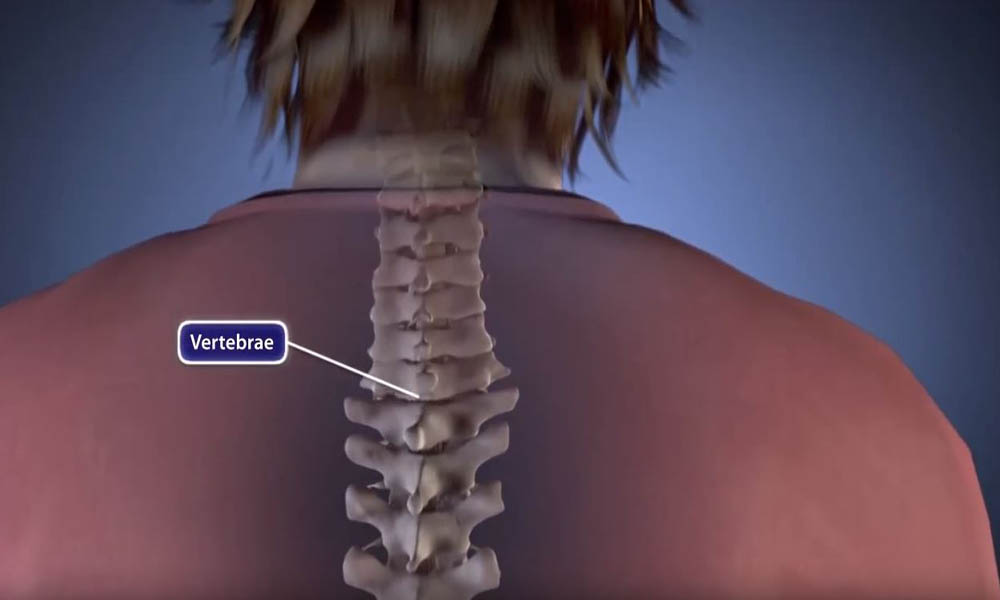Treatment
Posterolateral Lumbar Fusion
Spinal fusion is a surgical procedure used to correct problems with the bones in the spine (vertebrae). It is essentially a welding process. The basic idea is to fuse together the painful vertebrae so that they heal into a single, solid bone.
Spinal fusion is a treatment option when motion is the source of the pain — the theory being that if the painful vertebrae do not move, they should not hurt.
There are several different types of spinal fusion surgery; your doctor will talk with you about which one is appropriate in your situation. This article focuses on posterolateral lumbar fusion — the most common type of spinal fusion — and discusses only the surgical component of the procedure.
For a complete overview of spinal fusion, including approaches, bone grafting, complications, and rehabilitation, please refer to Spinal Fusion.
Posterolateral Fusion
In a posterior (from the back) approach to lumbar fusion, the surgeon makes an incision down the middle of the lower back. To see the vertebrae, the surgeon will separate the muscles that surround the spine.
Surgical Technique
In many cases, the surgeon will remove part or all of the lamina (the part of the vertebra that forms the arch and covers up the spinal canal) and any other structures, such as a herniated disk, that may be putting pressure on the spinal nerves.
- The procedure to remove the lamina is called a decompression, or laminectomy.
- The procedure to remove a herniated disk (also known as a bulging disk) is called a diskectomy.
- Laminectomy and diskectomy are often performed together.
After the decompression, the surgeon will place graft material along the sides of the vertebrae to stimulate bone growth. The bone graft material is typically placed over the transverse processes of the vertebrae — small bony structures that stick out of the right and left sides of each vertebra (see illustration below). This is called a posterolateral fusion.
Learn more: Bone Grafts in Spine Surgery
Titanium screws and rods are often used to provide immediate stability to the spine until a solid fusion has been achieved. These screws typically are not removed even after the bone graft has healed.
Advantages and disadvantages of Posterolateral lumbar fusion
Each surgical approach — whether from the front, back, or side — has advantages and disadvantages. The potential advantages of a lateral lumbar fusion include:
- A direct approach to address pressure on the nerves
- When performing revision surgery, allows the surgeon to remove previous hardware
These results can also be achieved through fusions performed from the back or the front.
Typically, the complication rate for the posterior procedure is similar to the complication rates for other spinal fusion procedures. Possible disadvantages include:
- Nerve damage, which can result in weakness in the leg
- Hematoma, or bleeding into the muscle, which can put pressure on the nerves and cause weakness
- Infection related to wound complications
Talk to your surgeon about the approach that will best meet your health needs.
Recovery
Patients typically go home the same day or next day if only one level is fused. If more than one level is fused, most patients stay in the hospital overnight.
After going home, patients should watch for any weakness in the legs that make their legs buckle and alert the surgeon right away if this symptom occurs.
Pain medication is usually needed for a few days to weeks. Your surgeon may also provide you with a brace to help the fusion heal.
Outcomes for posterolateral fusion are equivalent to those of traditional surgeries.
Future Directions
Newer technology has led to the development of more minimally invasive techniques, including tubular retractors that can be used in the decompression and posterolateral fusion.
Last Reviewed
February 2023
Contributed and/or Updated by
Peer-Reviewed by
AAOS does not endorse any treatments, procedures, products, or physicians referenced herein. This information is provided as an educational service and is not intended to serve as medical advice. Anyone seeking specific orthopaedic advice or assistance should consult his or her orthopaedic surgeon, or locate one in your area through the AAOS Find an Orthopaedist program on this website.







